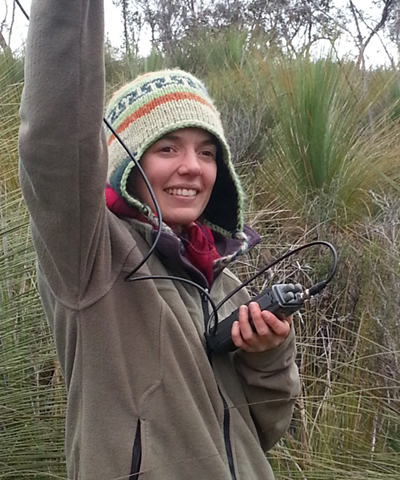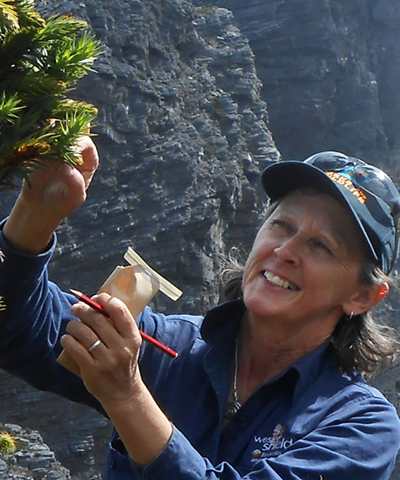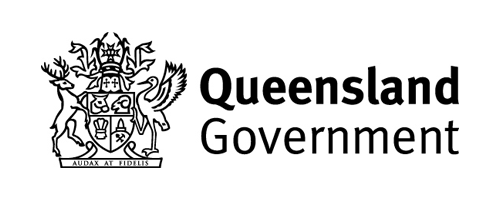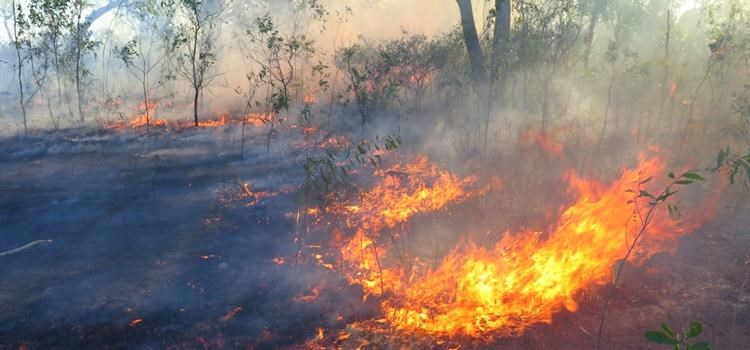
The conservation problem
Altered fire regimes are major threats to listed threatened plant and animal species and ecological communities in fire-prone landscapes across Australia. Fire regimes also threaten native plants and animals through interactions with invasive species.
Tailoring the timing, location, and intensity of burning and suppression activities to the ecological requirements of threatened species is crucial for the long-term persistence of many species, but also extremely challenging due to the complex and poorly understood ecological dependencies, as well as social and economic trade-offs. Moreover, substantial challenges remain in understanding and managing the interactions between fire, cats and foxes and threatened animal species.
How this research is addressing the problem
This project will improve fire management strategies and conservation outcomes to save threatened flora and fauna from extinction. It will do this by informing the way planned and unplanned fires are managed to avoid disruption of plant life cycles and minimise risks of post-fire fauna predation. On-ground field trials will lead to direct improvements in conservation outcomes for species on which trials and/or monitoring are primarily focused, such as southern brown bandicoots, Boronias and heath shrubs.
More broadly, the project will develop general strategies based on species traits for managing particular components of the fire regime, notably season, frequency and spatial configuration to reduce conflicts with threatened species conservation.
We will develop a comprehensive framework to identify critical fire management thresholds for conservation of threatened flora, fauna and ecological communities. Effective strategies for threatened species management will be developed using a combination of on-ground trials and field experiments, monitoring of threatened species and feral predators, ecological synthesis and population modelling.
On-ground trials and experiments, new data, modelled scenarios and improved management practices will assist fire management authorities to implement sustainable fire regimes and avoid further declines in threatened species.
What we aim to collectively achieve through the research
Improved fire planning and management will enhance conservation outcomes for many other species beyond those directly benefiting from field trials. On-ground field trials will strengthen links between Hub researchers and agency fire management staff in three states. Synthesising all the relevant existing studies and knowledge, and undertaking well-replicated field experiments will deliver a detailed understanding of the mechanisms causing threatened species to decline and new strategies for reducing the impact of predation and fire on threatened species.
We will develop a national framework for synthesis of plant fire responses, building on data held by state agencies and researchers. In collaboration with Project 1.1, this will complement a national synthesis of data and evidence about the interacting impacts between fire and invasive and native herbivores and predators on threatened mammal persistence. This will enable strategic synthesis of available data and targeted investment in collection of new data to fill critical gaps that currently pose a barrier to effective fire management for conservation of threatened biodiversity.
This project involves the following subprojects:
Project 1.3.1 Fire and native flora
Project 1.3.2 Fire and invasive predators
Project 1.3.3 Fire, predators and the endangered northern bettong
Image: Bushfire_3208 by eyeweed/Flickr (CC-BY-NC-ND)
-
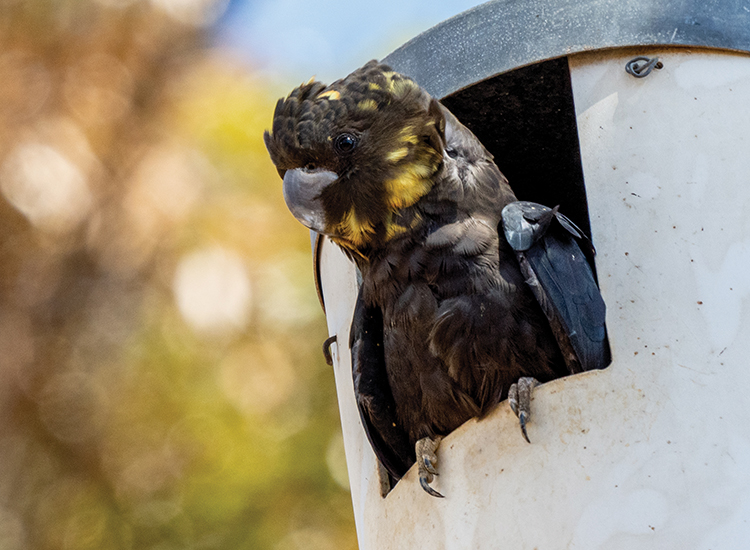
Prioritising action for animal species after the fires
Tuesday, 01 September 2020 -
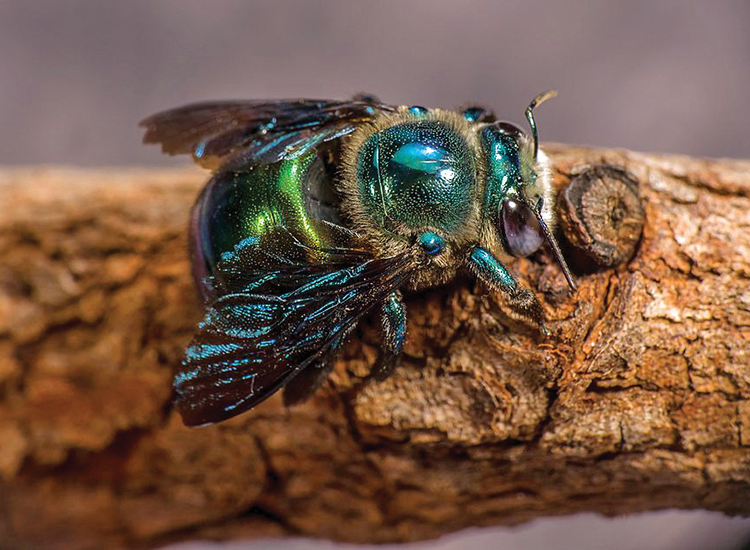
The little things count too: Prioritising recovery efforts for fire-affected invertebrates
Tuesday, 01 September 2020 -
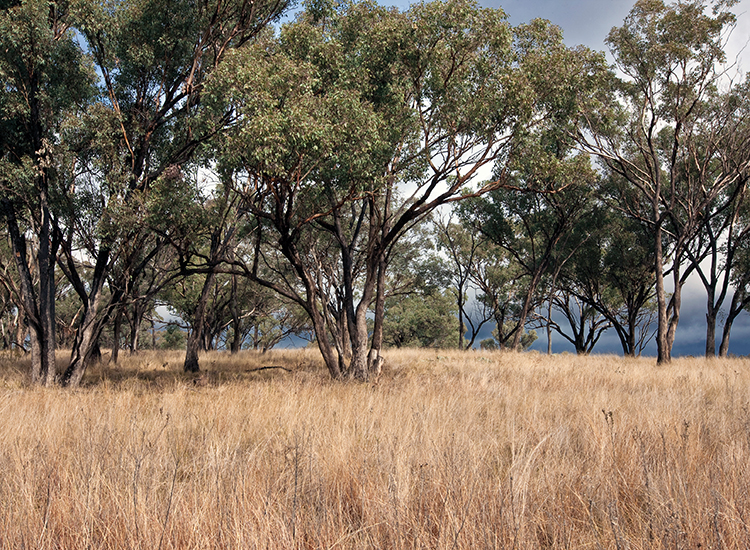
Post-fire recovery of Australia’s threatened woodlands: Avoiding uncharted trajectories
Wednesday, 02 September 2020 -

‘Tis the season...Understanding how threatened plants respond to different fires
Tuesday, 26 November 2019


